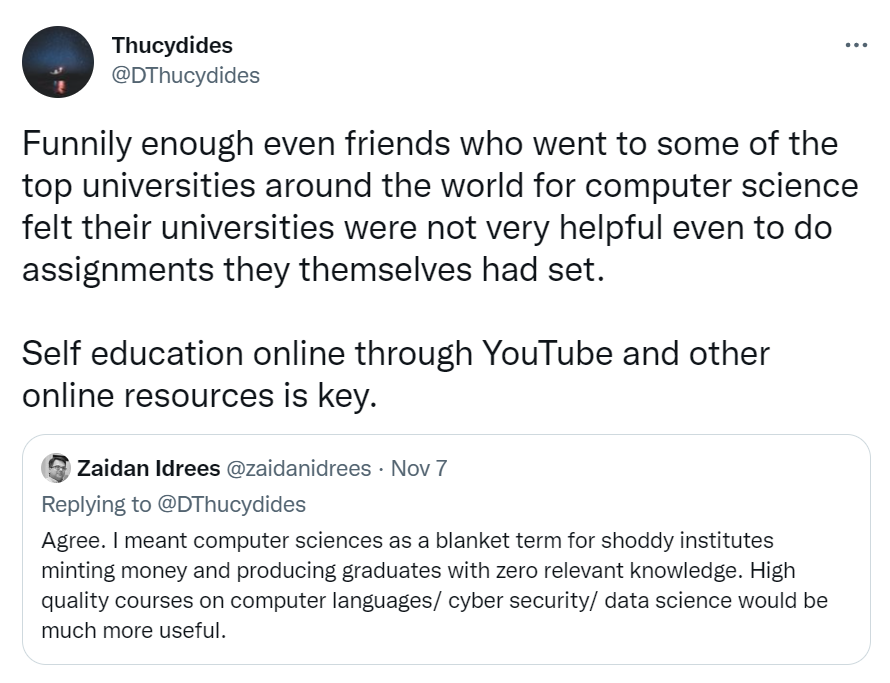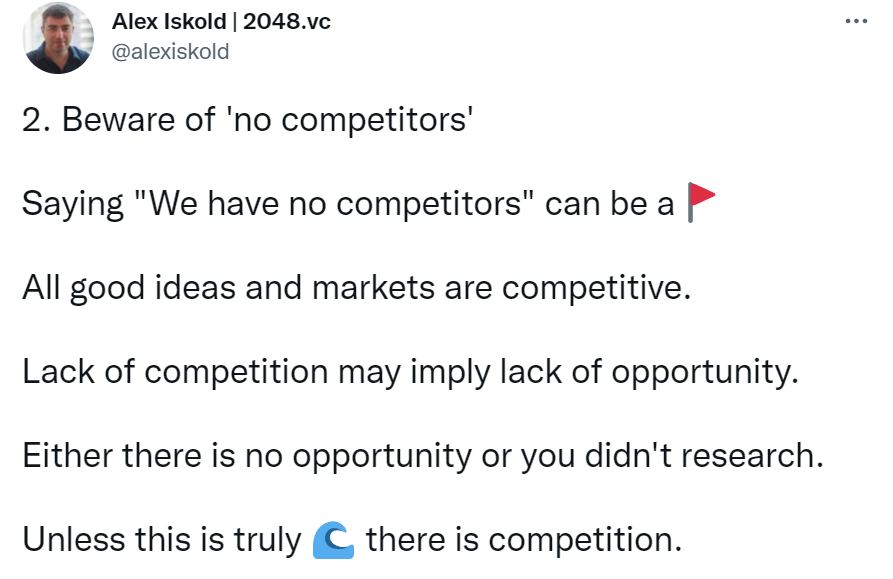In this article, we will help you understand what direct competition is, give examples, and explain what makes it unique in markets.
Rafael Nadal versus Roger Federer tennis matches is always fierce. What makes it a nail-biting competition, is how both sportspersons have their own individuality yet similarities that make it difficult to predict a win.
In the business world, you also have such nail-biting business wars between similar brands. Classic examples are Netflix vs Disney+ Hotstar, Nike vs Adidas, Pepsi vs Coca-Cola, etc. Decades have passed and millions spent with these brands directly competing neck-to-neck. Yet any of these brands are able to dominate their market over its competitors.
But how does a new product create its space in such a deeply penetrated market landscape where you have someone providing almost a similar value proposition as yours?
Read further to understand the concept of ‘direct competition’.
What is direct competition?
Direct Competition occurs between two or more brands when their products or services offered have almost similar value propositions.
For example, Jaguar, Lamborghini, Porsche, etc are direct competitors in the luxury car segment. A Tata Nano will not be counted as a direct competitor since they cater to a different segment of customers in terms of budget within the car market.
Knowing your direct competition allows you to gauge how competitive the market is that you are entering. It also helps you understand how early you are to enter the market. An overcrowded market means a constant fight to gain the attention of potential customers and more marketing budget.
By knowing your direct competitors, your market research work is also reduced. You can simply study their business journey and strategies to know what worked for them and what didn’t. This gives your own business a healthy head start.
Examples of direct competition
Coca-Cola and Pepsi
Coke and Pepsi are direct competitors in the soft drink industry for more than 100 years! Yet, most people fail the blind taste test for Coke v/s Pepsi as shown here:
Pepsi Vs. Coke Blind Taste Test
Coke and Pepsi have together formed a duopoly in the software drinks industry. Their products are priced similarly too. This makes it difficult for new entrants unless they have an innovative drink to offer or unless they cater to niche beverages.
Marvel and DC Comics
Marvel and DC have competed with each other since the heydays of comic books as the major source of entertainment. Both have nurtured characters that today have grown into multiverses via films. Their rivalry as direct competitors is taken very seriously in pop culture with fans being defensive about their favorite comics and films.
You can learn more about Marvel v/s DC in this Business Wars Podcast by Wondery: Marvel vs DC - Origin Stories
Gucci and Louis Vuitton
Taking an example from the consumer market, Gucci and Louis Vuitton cater to a similar high-fashion and luxury segment. It’s a constant battle to innovate to become the trendsetter in the fashion world. Versace, Prada, Dior, etc are also direct competitors to them in the luxury fashion space.
What is indirect competition?
Indirect competition is more about how two or more brands help the customer achieve a specific goal, although their products may be different in nature.
For example, McDonald's and Pizza Hut are indirect competitors as they both cater to the fast food consumer segment, but with different products on offer i.e. a burger and a pizza.
You never know when an indirect competitor may launch a directly competing product in the name of market expansion. Hence, it’s very important to keep an eye on indirect competitors and their pivots.
Examples of indirect competition
Social media influencers and Social advertisements
Although social media influencers and the social media platform co-exist, many brands prefer to work with influencers for their marketing. The influencer marketing industry is estimated to grow at 32% by 20251. Such trends hurt the native social ads business as advertisers bypass them to directly work with engaged social media accounts.
Zomato (or Food Delivery Services) and Home-Cooked Food
In an interview, Zomato Co-founder Gaurav Gupta mentioned - "Our competition is home-cooked food". Apart from directly competing with Swiggy, Zomato focuses on drifting Indian consumers’ obsession with home-cooked food via its marketing. Similarly, Netflix’s co-founder Reed Hastings mentioned how ‘Sleep is our competitor’.
Educational Institutions and YouTube
There is a lot of debate about how if one can use Google search well, one can educate themselves. YouTube is a go-to platform for many coders, marketers, and business professionals to access quality content from its creators. Many professionals today are self-taught from the internet and de-value the need for paying hefty fees and loans to global universities.

Source - Twitter
‘Proof of Work’ is a growing trend among the younger generation of the workforce as a label of having expertise rather than a ‘resume’. Such developments directly impact the college education business and its credibility.
Direct vs Indirect competition
The difference between direct and indirect competition lies in how the solution is delivered to achieve the goal of the customer. In direct competition, companies offer similar products, while in indirect competition, the product’s nature may completely differ from each other.
For example, Lakme and Maybelline are direct competitors in the beauty segment. For both, homemade beauty products and recipes would be indirect competitors.
| Direct Competition | Indirect Competition |
|---|---|
| Products offered are the same or similar in nature | Generally products are different and may even belong to different industries |
| Companies cater to the same audience with similar customer personas | Companies cater to audiences that have similar goals |
| Heavy competition with pricing - and maybe priced similar | Pricing may or may not be similar |
Nevertheless, you must know both direct and indirect competitors to your brand and strategize to tackle both for gaining market share. It also provides insight into customer behavior that you can use as feedback while building your product.
How to gain insights from direct and indirect competition analysis?
Many business professionals prepare a competitive matrix as a part of their business plan to identify competition. You can learn how to conduct a competition analysis from this guide by HubSpot - How To Conduct a Competitive Analysis (Guide)
Once you map your direct and indirect competitors, here are 8 questions you can ask yourself to gather insights:
-
How is the customer experience designed for your direct or indirect competitors?
-
What do consumers complain about them?
-
What are the marketing and ad strategies that worked for them?
-
Which high-performing executives were responsible for their business growth?
-
How do customers perceive their brand?
-
How have your direct and indirect competitors priced their products?
-
What are their most profitable Geographies and customer segments?
-
How does the competition plan to expand into different product segments?

Source - Twitter
Understanding competitors is even more important for a new brand looking to enter a crowded market. By digging more into your competitors, you can design a competitive differentiator to uniquely position your brand. Explore your direct and indirect competitors today to beat them and maximize your chances of success.





 Entrepreneurship
Entrepreneurship

